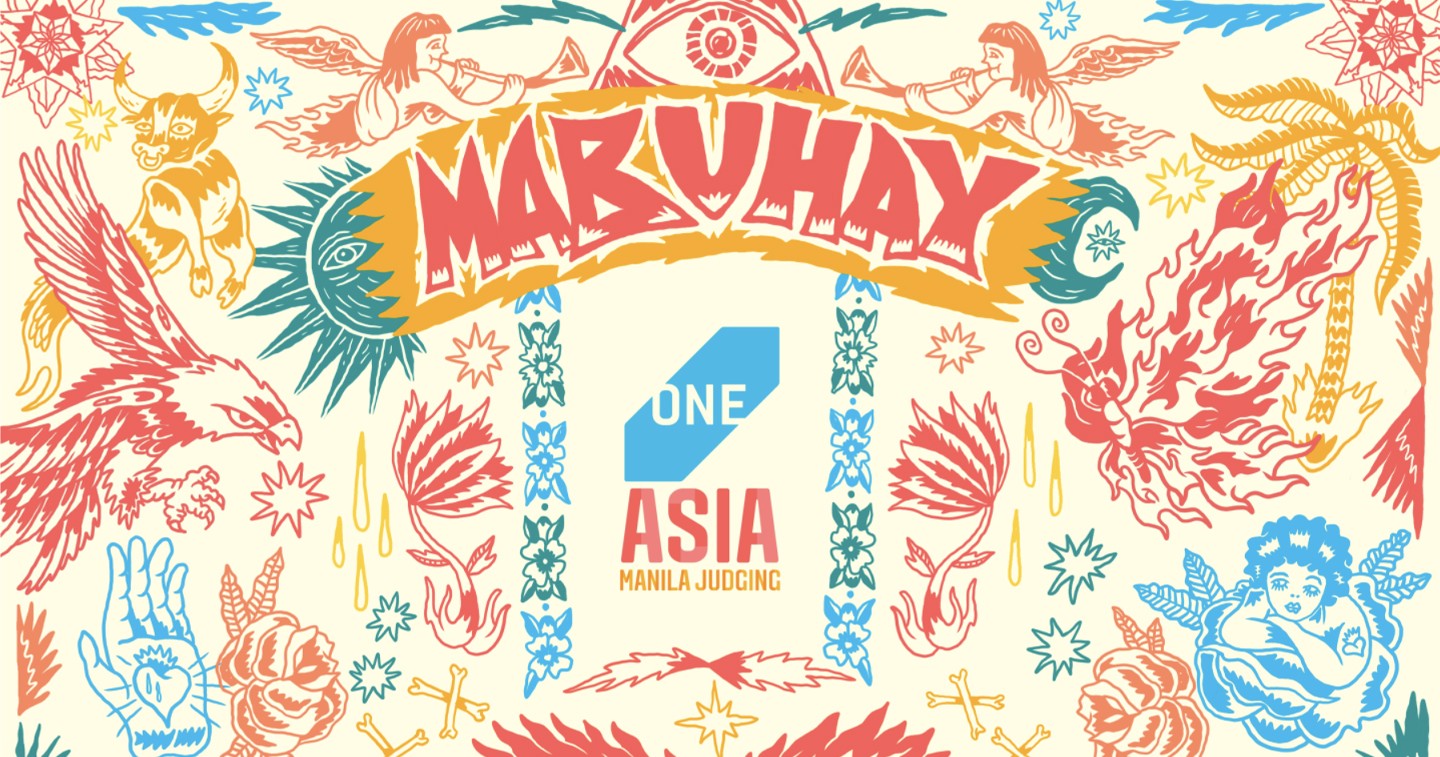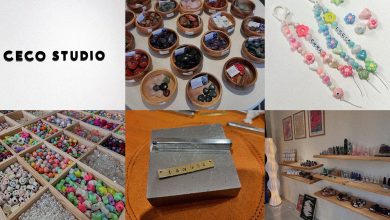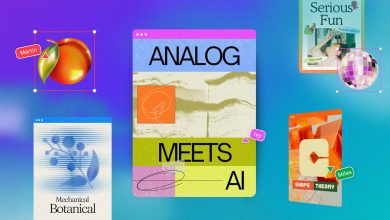MANILA, PHILIPPINES — In this exclusive piece penned by Raymund Sison, Founder and Creative Chief of Lennon Group, we deep dive into the design story of The One Club for Creativity’s One Asia Manila judging. Aptly revolving around the theme of mabuhay, the Manila judging offered a warm welcome to global international leaders with specially-designed merchandise, illustrations, and experiences crafted by some of the country’s top creatives who worked together to give the jury a cultural Filipino experience like no other.
Mabuhay is a Filipino greeting that literally means “long live.” But it also means both welcome and cheers – a beautiful and meaningful nuance on Filipino hospitality captured in one word. So when we say Mabuhay, we welcome you and we celebrate you being here with us. And this is what Manila tried to make global creative leaders feel when they came over for The One Club for Creativity‘s One Asia Manila Judging.
It was the idea of Angel Guerrero, Founder and Editor of adobo Magazine, and one of the country’s champions of creativity, to make sure One Asia judges had a fun memorable experience in Manila. And after our initial brainstorm, we decided it’s best to do this through little but thoughtful details that showcase our beautiful culture, as well as our fun and friendliness as people.
This was not hard to sell to One Asia Festival Director Season Zhou who is the heart behind the decision to bring One Asia in Manila.
I sat down with the team who made the creative work for One Asia Judging in Manila, to share the stories behind the making of the highly-praised Mabuhay campaign.
Angel commented, “At the start of the process, we wanted to create a design identity for the ONE Asia judging in Manila that illustrates Manila’s cultural richness and vibrance. The design and creative team executed it perfectly.”
The work all started with the logo created by Sgt Pepper Labs Founder Rizza Garcia. “The logo represents the convergence of creative leaders from across the APAC region with Manila’s lively creative community. With a nod to modern weaving, it uses a fresh take on traditional Filipino colors – bright and playful – showing off the vibrancy and creativity of Filipino talent on the world stage,” said Rizza.
At the heart of the creative work is the well-lauded key visual designed by Manila creative boutique Leron Leron Sinta and illustrated by Filipino illustrator Auggie Fontanilla, known for his Mabuhay Maynila designs.

The idea celebrates the rich and vibrant culture of Manila. “The visuals were deeply inspired by the real and raw Manila street culture, the underbelly of the city, the vendors of Quiapo, the jeepney barkers of Roxas, the street hustlers of Manila, all of the artisans of Recto, all the wholesale shops in Binondo, all the busy students from the long stretch of the University Belt, this is the perfect melting pot of the City,” remarked Auggie.
A very important element in the key visual is the Filipino greeting Mabuhay and how thoughtful design elements about Manila come alive in this visual. With the help of Dionie Tañada, Founder of Leron Leron Sinta, and illustrator Auggie Fontanilla, we tried to decode each design element and the cultural symbolism each represents.
The Agimat

Agimat is the Filipino word for “amulet” or “charm.” It’s part of the Philippine system of magic and sorcery, and is believed to have supernatural powers to protect the wearer from evil or harm. Interestingly, it also connects us to our pre-Christian pagan traditions.
The Nilad Plant

This plant is pretty special in relation to the country’s capital, Manila. It’s what inspired the name “Maynila” – derived from the phrase “may nilad,” which means “there is nilad.” This comes from the little known detail that the Nilad plant was once abundant along the shores of Manila Bay.
Angels and Cherubs

These celestial beings are important elements in Manila iconography and religious practices. Often seen sculpted in churches or immortalized in paintings, these elements represent the Catholic faith, a huge influence of the Spanish colonialism and a big part of Philippine history.
The Kalabaw

The carabao (or water buffalo) is the national animal of the Philippines, which represents Filipino cultural identity and pride. It’s a symbol of resilience and resourcefulness, perseverance and strength, reflecting the agricultural roots and the undying spirit of the Filipino people.
The Sirena

In our folklore, the Sirena is an enchanting mythological sea creature, known for their captivating voices that can mesmerize fishermen and sailors. Often depicted as a beautiful woman with the lower body of a fish, one of the famous mythical sightings of the Sirena was in Manila Bay.
Dangwa

The flower vase pays homage to our vibrant flower market, Dangwa, in the middle of Manila. Flowers are integral to many Filipino religious and cultural traditions like Flores de Mayo, a month-long festival in May where flowers are beautifully arranged in a vase and offered to the Virgin Mary. It highlights the heritage of floral artistry and our appreciation for nature and craftsmanship.
The Paru-Paro

The paru-paro (butterfly) holds significance in Philippine traditions, symbolizing the Filipino’s ability to change his fate and destiny. It’s deeply ingrained in local superstitions, folk songs, and festivals.
The Hand with Sacred Heart

The image of the Sacred Heart, often depicted with a hand holding a heart, is a powerful symbol in Manila’s culture, deeply rooted in the city’s religious context. It’s also symbolism for divine providence and human hard work, captured in the Filipino proverb: “Nasa Diyos ang awa, nasa tao ang gawa.” Which literally means “mercy is with God, but action is with man.”
The Dice

A testament to the beautiful blend of the Filipino-Chinese traditions and a nod to the oldest Chinatown in the world which can be found in Manila, the dice reflects our belief in luck and our way of leaving things to chance.
The Niyog

The coconut tree, or commonly called the tree of life, is an indispensable part of our heritage. It grows abundantly anywhere in the country and is a vital component of our natural resources.
The Agila

The eagle is a strong symbol in Manila jeepney art carrying the vibrant spirit of our culture. It is also a national emblem that represents the strength, freedom and power of the Filipino.
The Puspin

Short for Pusang Pinoy (Filipino cat), Puspins can be found on the streets of Manila and embody the Filipino spirit – adaptable, resilient, and carefree.
The Sampaguita

Our national flower holds a deep cultural and symbolic significance. The sampaguita’s white, fragrant blossoms symbolize purity, simplicity, and humility – values that resonate deeply with Filipino culture. It’s a common sight on the streets and especially in churches.
The Parol

This traditional Filipino lantern is the central element of the Christmas decorations in Manila. It usually gets displayed at the start of BER months (September-December) and signals the start of Christmas celebrations. Yup, we have the longest Christmas celebration in the world.
These are the common, more known symbolisms of these design elements. Some of these elements have deeper more nuanced meanings, and each piece definitely tells a beautiful part of our culture. And there’s nothing like the coming together of the elements found in the streets of Manila to say Mabuhay.
“It was challenging to narrow down which elements to include in the visuals. Auggie came up with more than 15 visual elements that are uniquely Filipino. Deciding what to keep was tough, but it made for an exciting creative process,” explained Dionie. ”We focused on the unique stories behind each visual element. Our goal was to keep the key visual clear and easy to understand, so we selected the ones that best represent Pinoy culture. It was all about striking that right beautiful balance of everything we wanted to show.”
This key visual was then adapted into lanyards and IDs, paper and pens, shirts and bags, snack cards, food menus, welcome kits, and everything One Asia Manila Judging, including the “mapa-zine” and the Mabuhay AR, all the way to the Adobo x One Asia Masterclass. And Filipino Creative Director Nikki Golez gave the creative work this fun, playful, and friendly Filipino voice, reminiscent of the “It’s More Fun in the Philippines” campaign, which she herself worked on.



“It’s really special to have been able to introduce Filipino-ness to the world through our One Asia Manila work,” said Nikki. “And the brightness of the Manila experience is something we were conscious of in every bit of work we put out. We tried to bring in as much local nuance as we could at every touchpoint. We hope that the friendliness and fun that we feel for Manila came through for everyone else too!”
From getting the global creatives prepped and excited with pre-departure kits, to welcoming them with warmth as they land in Manila, to getting them special Pinoy stuff from around the country, to welcome kits waiting for them in their hotel rooms, we made Mabuhay come through in every little thing. Every judging day was also made more fun by Filipino snacks from Pili nuts to chocnuts and local coffees from Escolta and Kalasada, with some interesting trivia around them. Of course, it wasn’t complete without turning every meal into a fiesta (feast) and every night into a party. Also quite notable is the “mapa-zine,” a fun guide on where to go, what to eat, what to do depending on how much free time you have. It also comes with playful tongue-in-cheek tips from some of Manila creatives.
“Just a little anecdote on the ‘mapa-zine.’ Originally, we considered printing the map on a handkerchief similar to those found in Quiapo with the image of the Black Nazarene. Another idea was to print the magazine on an Anting-anting with a mini booklet,” added Dionie. “We happily ended up with the ‘mapa-zine’ concept, which includes various guides and tips on how to best enjoy Manila.”
To complete the experience, a Mabuhay AR filter was made available for anyone to share on social media, which was created by Dale Lopez, Founder of creative tech boutique Tony &.
What is also quite notable in this project is the awesome collaboration of Manila creative boutiques, which doesn’t normally happen on any given day in our industry. Dale Lopez and I have always talked about how we can all come together and harness the power of Filipino creative boutiques, and the One Asia project fell right into place. It was magical and meaningful to see this power of creative collaboration.
“What truly left a mark on me was the collaboration and shared experience with my fellow Filipino indie creatives,” mused Rizza. “It highlights the strength of the Filipino indie creative community and how bright the future looks.”
”I’m super grateful for the chance to team up with fellow creative boutiques,” said Dale. “Collaboration is at the heart of Tony &’s vision, driving innovation and pushing the boundaries of creativity. This is just the beginning — expect more groundbreaking creative collisions in the future.”
I am certain that this is just the beginning of more collaborations among Filipino creatives and Manila creative boutiques. There is more to come, especially at a time when more Filipino creatives are founding their own creative shops. Manila has never been more exciting as a hub for creativity.
Mabuhay One Asia! Mabuhay Manila!

About the Author
Raymund Sison is part of the One Asia Manila Judging Council. He is the Founder and Creative Chief of Lennon Group, a Manila-based social impact group that imagines a better world using creativity as a force for good. He is passionate about finding fresh and meaningful ways to tell stories and finds joy in ideas that meet at the intersection of humanity, creativity, and technology. He believes that creativity will light the way and change the world.









